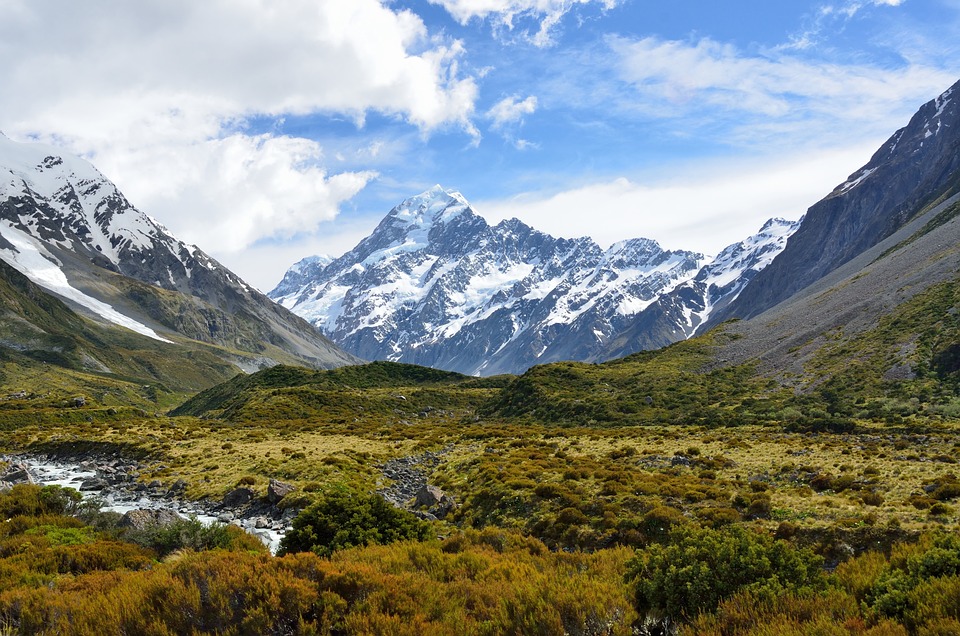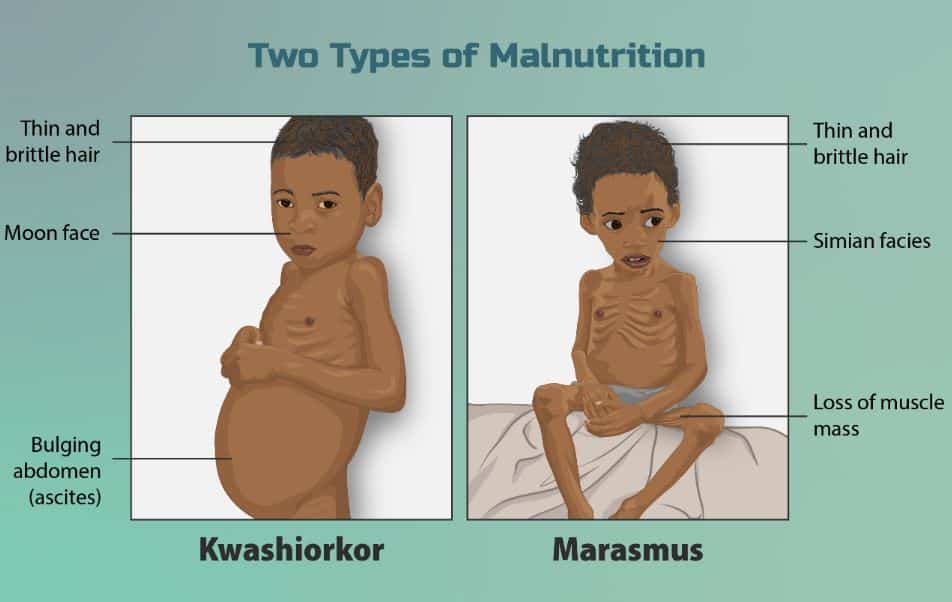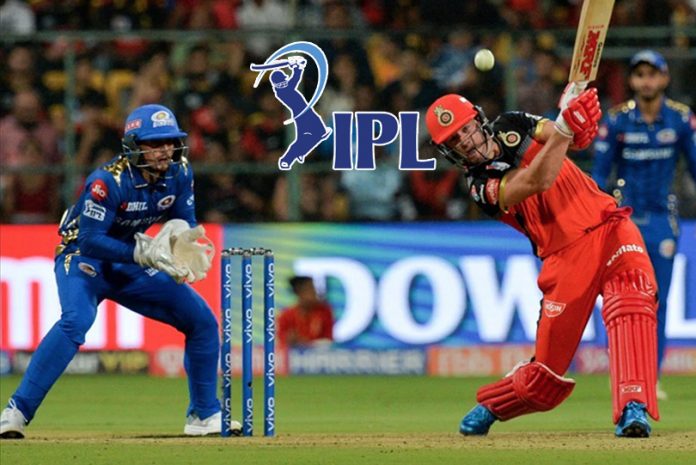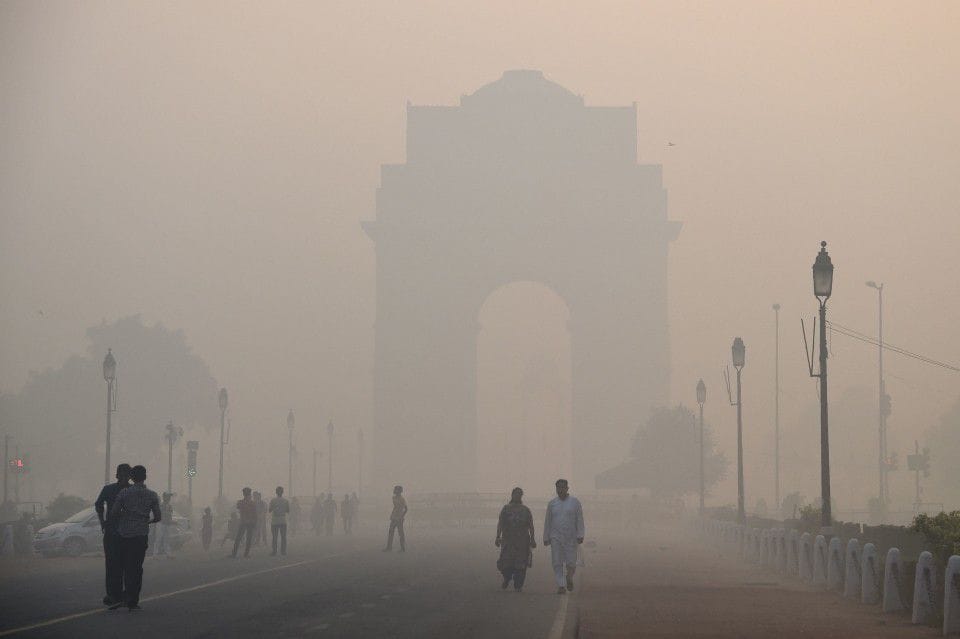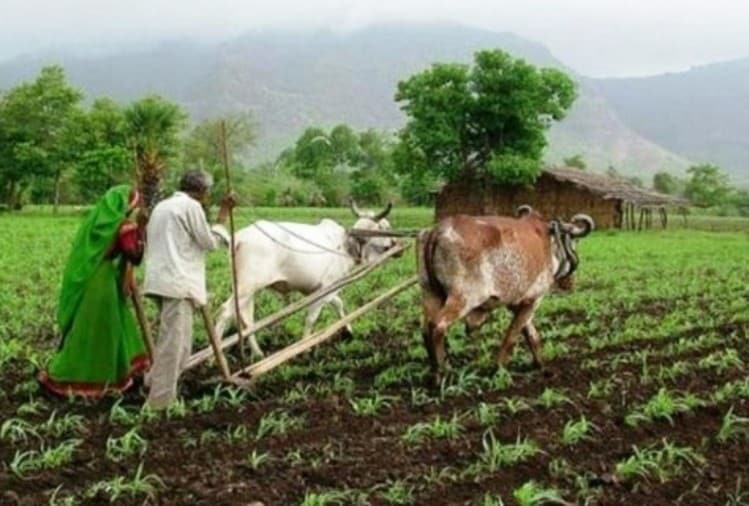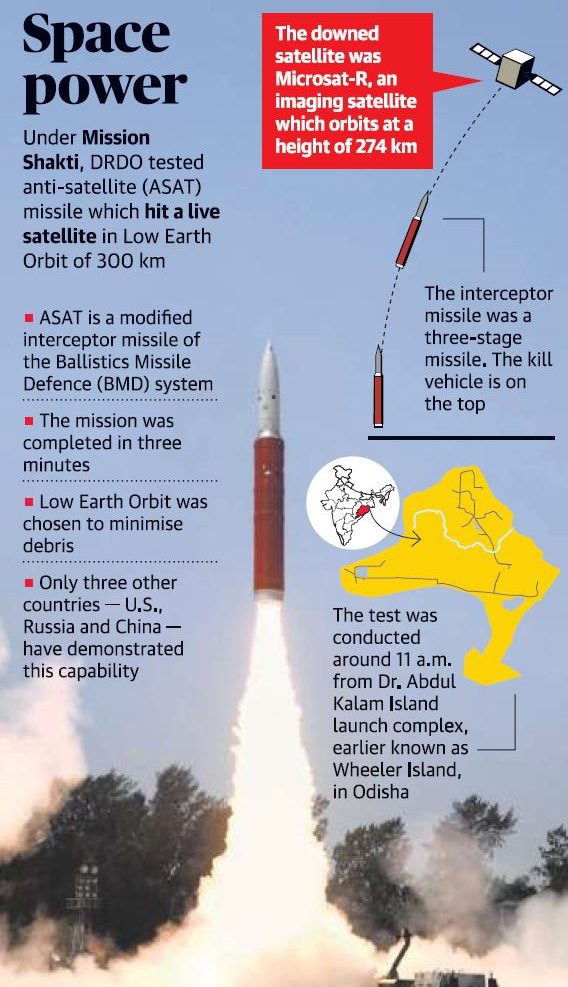The decision by India and Bhutan to focus on infrastructure and connectivity during talks between Prime Minister Narendra Modi and Bhutan’s fifth King Jigme Khesar Namgyel Wangchuck is an important marker towards more bilaterally driven regional initiatives. The joint statement speaks of completing surveys for the Kokrajhar-Gelephu rail link that connects Bhutan to Assam, and beginning discussions on another Bhutan to West Bengal rail link, while also facilitating Bhutan-Bangladesh trade, with yet another rail link, and upgrading checkpoints along the India-Bhutan border. These plans foretell a future that could well change the development story of the region, including West Bengal and the northeast, Bhutan’s south and east dzongkhags (districts), as well as Northern Bangladesh.
Key Features and Objectives
Bhutan’s economy has been dependent on hydropower and tourism revenues and has been hit by the COVID-19 pandemic and worries over global warming. A lack of opportunities has also led to emigration by educated youth and professionals. The new project proposed by the King, to build a Special Economic Zone at Bhutan’s southern border with Assam, and an airport at Gelephu, are expected to drive growth and investment in the kingdom. In addition, the signing of a Preferential Trade Agreement with Bhutan in 2020 could increase Bhutanese exports of local produce and build more markets for Indian and Bangladeshi producers in the sub-region.
Effects of the Initiative
India’s “energy exchange”, which is bringing more Bhutanese and Nepali hydropower suppliers online, while planning to distribute energy to Bangladesh and Sri Lanka, will drive intra-regional growth and revenues. This would also power New Delhi’s attempt at bridging the economic gap with the northeast, while drawing development partners like the World Bank and donor countries like Japan into the creation of a “sub-regional hub”.
Pros and Cons
Efficient and time-bound execution is key to such ambitious plans. Given India’s problems with Pakistan and sanctions on Myanmar for the 2021 coup blocking the path for trade and land connectivity to the East, working with other countries on India’s periphery to build connectivity, markets, and energy links is the most sustainable way forward. In the longer term, geopolitical conflicts and anti-globalization trends are forcing regional groupings to be more cohesive, something South Asia has not been able to achieve as yet. As India worries about China’s push into South Asian trade, infrastructure projects, and strategic ties, including concerns over a Bhutan-China boundary agreement’s overhang over Doklam and India’s “Chicken Neck” (Siliguri Corridor) route, these are ideas which will offer more security and prosperity for the countries involved, with particular benefits for Bhutan, India’s traditionally trusted partner in the region.
Fun Fact
India and Bhutan’s collaboration on infrastructure and connectivity not only improves the economic prospects of the region but also strengthens bilateral ties and regional stability, making it a significant step towards greater prosperity and security.
Brief Summary | UPSC – IAS
India and Bhutan are focusing on infrastructure and connectivity to drive bilateral regional initiatives. Plans include a rail link between Bhutan and Assam, discussions for another rail link to West Bengal, and facilitating trade with Bangladesh. Bhutan’s economy has been hit by the pandemic and global warming, and the new projects aim to drive growth and investment. India’s “energy exchange” and Bangladesh’s trade agreement with Bhutan will also contribute to regional growth. These plans will help bridge the economic gap with the northeast and create a “sub-regional hub.” Efficient execution is key, and working with neighboring countries is seen as the most sustainable way forward given geopolitical conflicts and anti-globalization trends. This collaboration will also offer more security and prosperity for the countries involved, with particular benefits for Bhutan.









